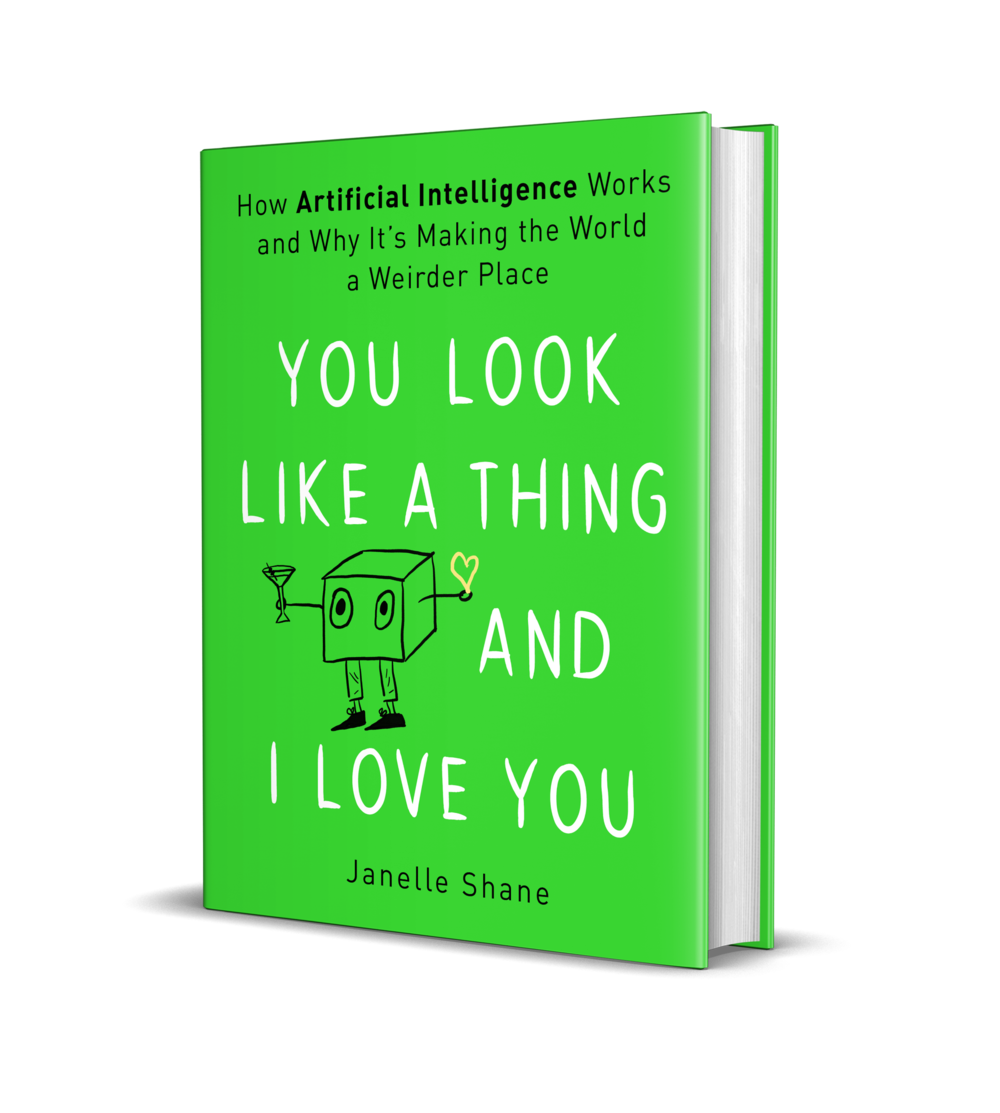Star Wars planet names generated by neural network
Neural networks are a kind of machine learning computer program that are very, very good at making their own internal rules about a dataset. If you give them a list of ANYTHING, they’ll figure out how to generate more stuff like it.
This makes neural networks very good at naming things - they can figure out what letter combinations and sounds make a word sound like a name for a kitten, or a paint color, or a Pokemon, or a D&D spell, or a guinea pig, or a metal band, or even a scary guinea pig.
There are almost 3,500 exoplanets confirmed to date and thousands more candidates waiting for confirmation, all with names like “Kepler-452b” and “55 Cnc-c” and “2MASS J01225093-2439505b”. Clearly, these names are not going to work if we have to one day shout them to the ship’s engineer during a raging ion storm.
Fortunately for the future of space travel, blog reader Chris Jones has sent me a list of almost 700 Star Wars planets. And in short order, the neural network was producing this:
Bartan
Cenron
Nalarar
Bondal
Ballor
Van-Karal
Valtane
Vantos
Malalas
Mateot
Tiris
Kanan
Montaan
Tardor
Nananon
Moridia
Tatloor
This is unedited output directly from the neural network, and I had to check to make sure that none of these names were in the original list - they’re just that plausible.
At a higher creativity (more random) setting, the names are a bit less pronounceable on average, but still could pass for Star Wars planets:
La Vok
Slorru G
Sakani
Vaszalu
Varkena
Baro IV
Toran
Hatnlant
Uluunna
Baroa
Tina
Duperda
Bantak
Barkaan
Ban Beraou
Baxuor
Rrarar
That’s not to say there weren’t strange results.
Birdanan
Boldura
Balmara
Barmen
Garden
Carton
Loner
Robes
Sara
Loon
Laser
Bunlalavor
Bal Panda
This stems partly from the fact that the neural network has no idea what English words are - all it knows is Star Wars planet names, and so sometimes it ventures unknowingly into territory where the English language has gone before. There aren’t nearly as many of these accidental words as in other datasets, perhaps partly because these planets were designed to NOT sound like English.
I wanted to learn more about some of these planets, so I turned to two procedural programs. Unlike neural networks, in procedural generators human programmers make the rules rather than the neural network inventing its own. The only outputs you’ll get are those that the human programmer thought of building in, but this can still produce a huge range of interesting results.
I used the Twitter bot @I_find_planets by Charles Bergquist to generate descriptions of the planets, and the procedural planet generator by wwwtyro to generate the pictures.
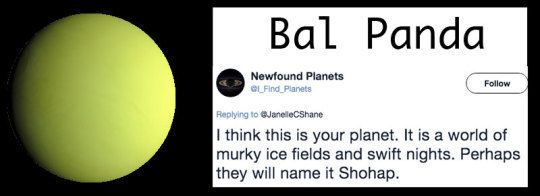
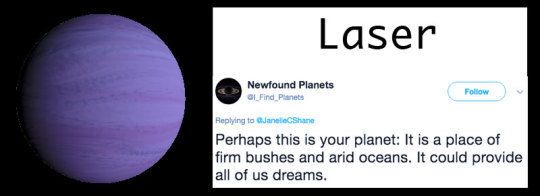
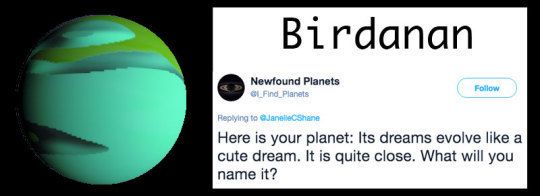
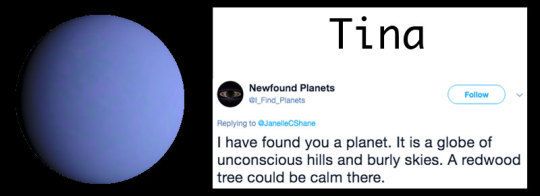
Will we ever run out of neural network planet names? Sure, because there’s only a limited number of ways that characters can be combined into words before we’re back to indistinguishable mishmashes of letters and numbers. But in the meantime, the neural network could help us make our solar neighborhood a more pronounceable place.
Become an AI Weirdness supporter to get bonus content! Or become a free subscriber to get new posts in your inbox.


